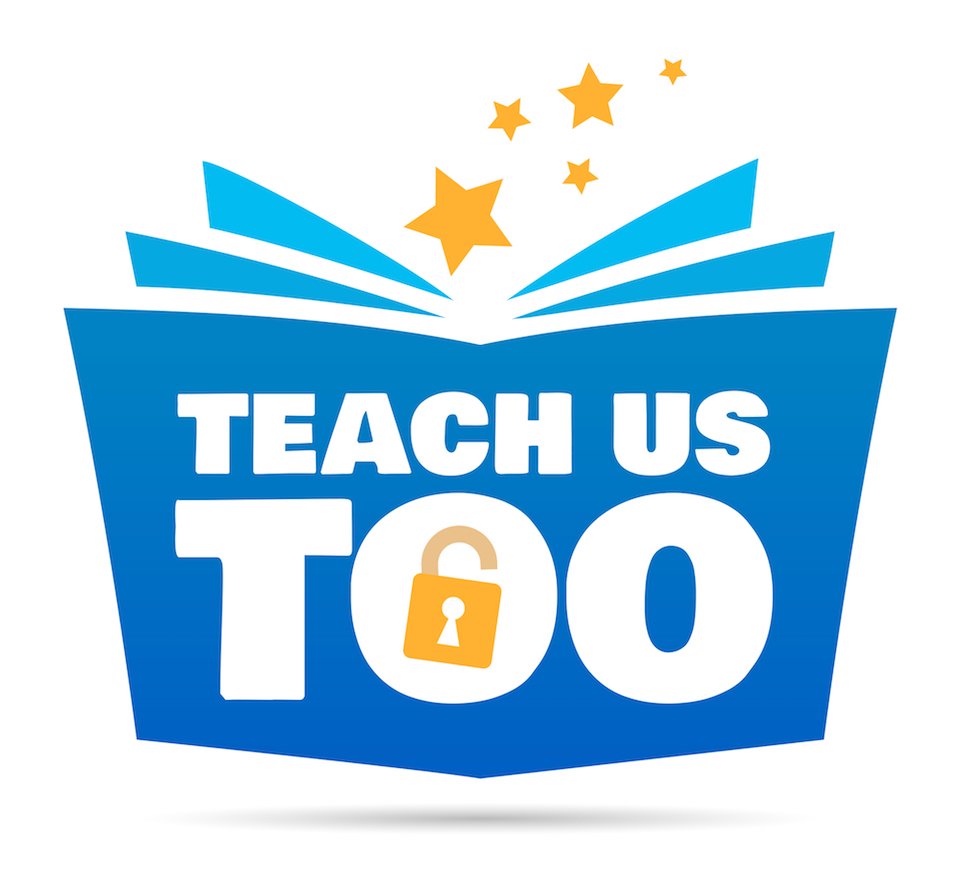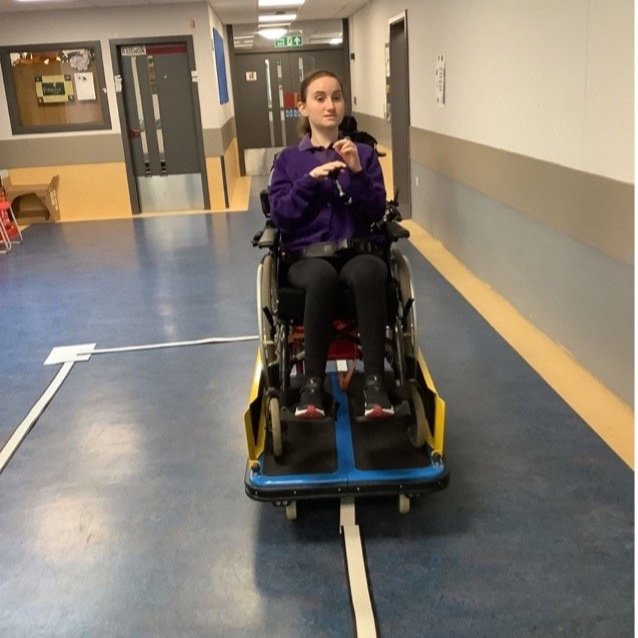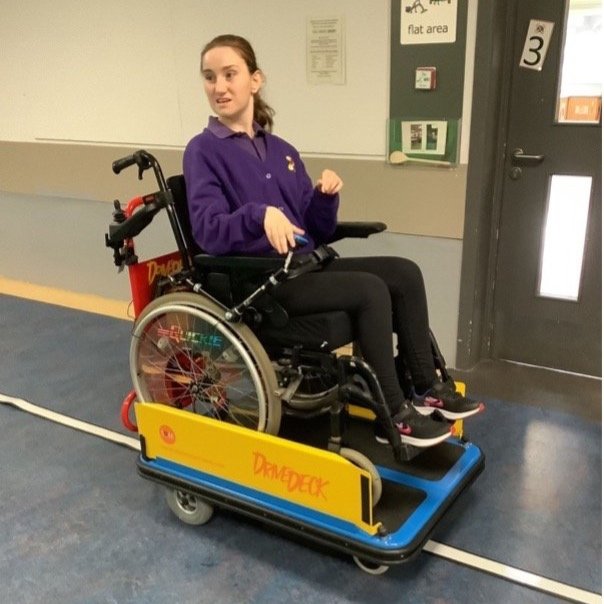If it’s not broken, don’t fix it!
A guest blog post by
Nicola Lavery, Headteacher
CALL Scotland Course Review
Technology to Support Reading & Writing for Learners with Complex Needs
Week 1: Accessing Reading and Writing - Tools and Strategies
As the leader of an ASL (Additional Support for Learning) school, I have been reflecting on our journey to support our most complex learners with their Education.
30 years ago I embarked on my journey as a fresh faced PE teacher supporting young people with PMLD (Profound & Multiple Learning Difficulties) so I have had a long, valuable and enriched career path where the focus has always been engagement, communication, interaction and belonging as the foundation of learning to ensure participation in pupils immediate, local and wider communities.
In 2014/15 I engaged with CALL Scotland in my school in North Lanarkshire. We worked for over a year with a small team of educators and SALT to build the skills of professionals, parents and young people with iPads, creating a 6 part schema which took pupils through the skills required for reading, writing, speaking and purposeful engagement. We focused on pupil voice, utilised an array of apps and this work formed part of the school’s commitment to raising attainment in Literacy, for which we became the first ASL school to win the Education Scotland Award for raising attainment in Literacy in 2016.
In 2018 I moved school and authority, embarking on an ambitious project to amalgamate 2 schools and set up an environment which would meet the needs of a wide range of learners from across Glasgow City. We now have 132 pupils and 3 different curriculum pathways to support our young people achieve the aims of curriculum for excellence.
After 5 years it was time to reflect on our curriculum tools and the challenges of accessing ICT in Glasgow has meant that our practice has not moved at the pace of research. To this end, I am delighted to have been given the opportunity to attend this course and begin again on what I hope will be a pathway to ensuring our young people have the best opportunities to be part of our world, to use their voices and be heard in a way they currently find so challenging.
As we engage with 21st century learners and what it means to live in an ICT rich world I am intrigued to begin some active research involving my staff, pupils and parents.
The first week was an absolute eye opener in terms of accessing ICT and how important it can be when ensuring our learners have unique and individualised mechanisms that take account of their abilities. I was interested to see all the new tech available and imagine my surprise when so much of it was what I had been using 20 years ago! You always hear the quote, ‘if it’s not broken don’t fix it’ and I think this applies here. We have so much that it simple and effective and this is to be applauded. So off I went, into my deep dark basement where all educational ‘has beens’ are kept, and brought out clips and switches that I thought had been obsolete for some time. I am so excited and have already been looking into the opportunities 3D printers may provide as we look to creating a rich plethora of accessible learning experiences for our learners.
My learning over the last 2 weeks has already been put into use - in 2022 we invested in a drive deck and whilst we had used it successfully, with a board and switches attached, I wanted to see whether we could improve intentional movement. We placed the switch on a mounting system and moved this to different positions to provide the pupils with an experience where they conveyed their preferences based on levels of engagement.
2 weeks later I cannot believe the independence our young people are showing. They have chosen positions are communicating and making connections to independently move the deck.


